Feb 13, 2016
Brenau aiming to make off-site students more connected through robot computers
Posted by Karen Hurst in categories: computing, education, robotics/AI
This is a excellent use for the robots.
Brenau University students will soon be able to “be in the classroom” even from remote locations thanks to robots the school will be using.
Continue reading “Brenau aiming to make off-site students more connected through robot computers” »


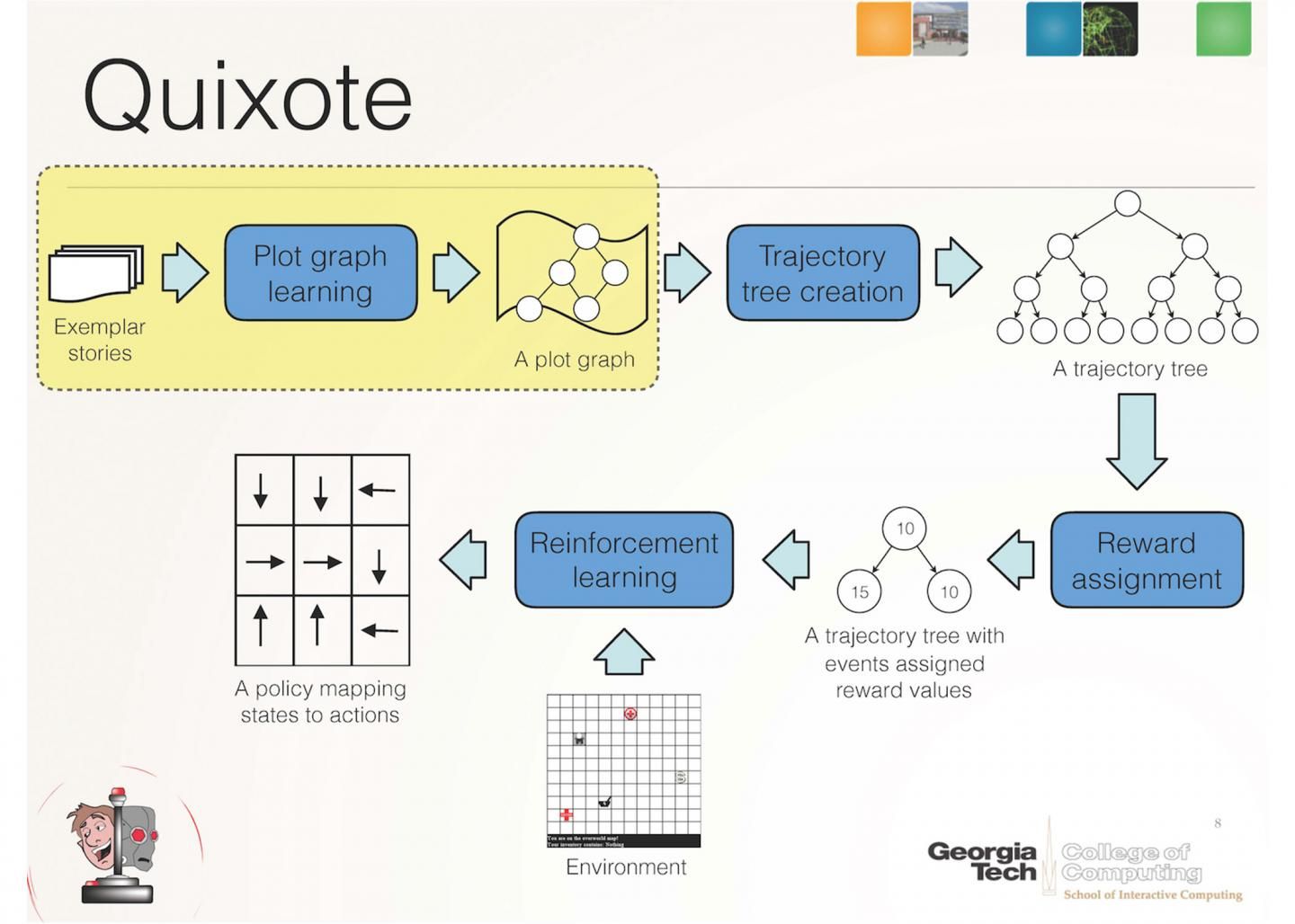
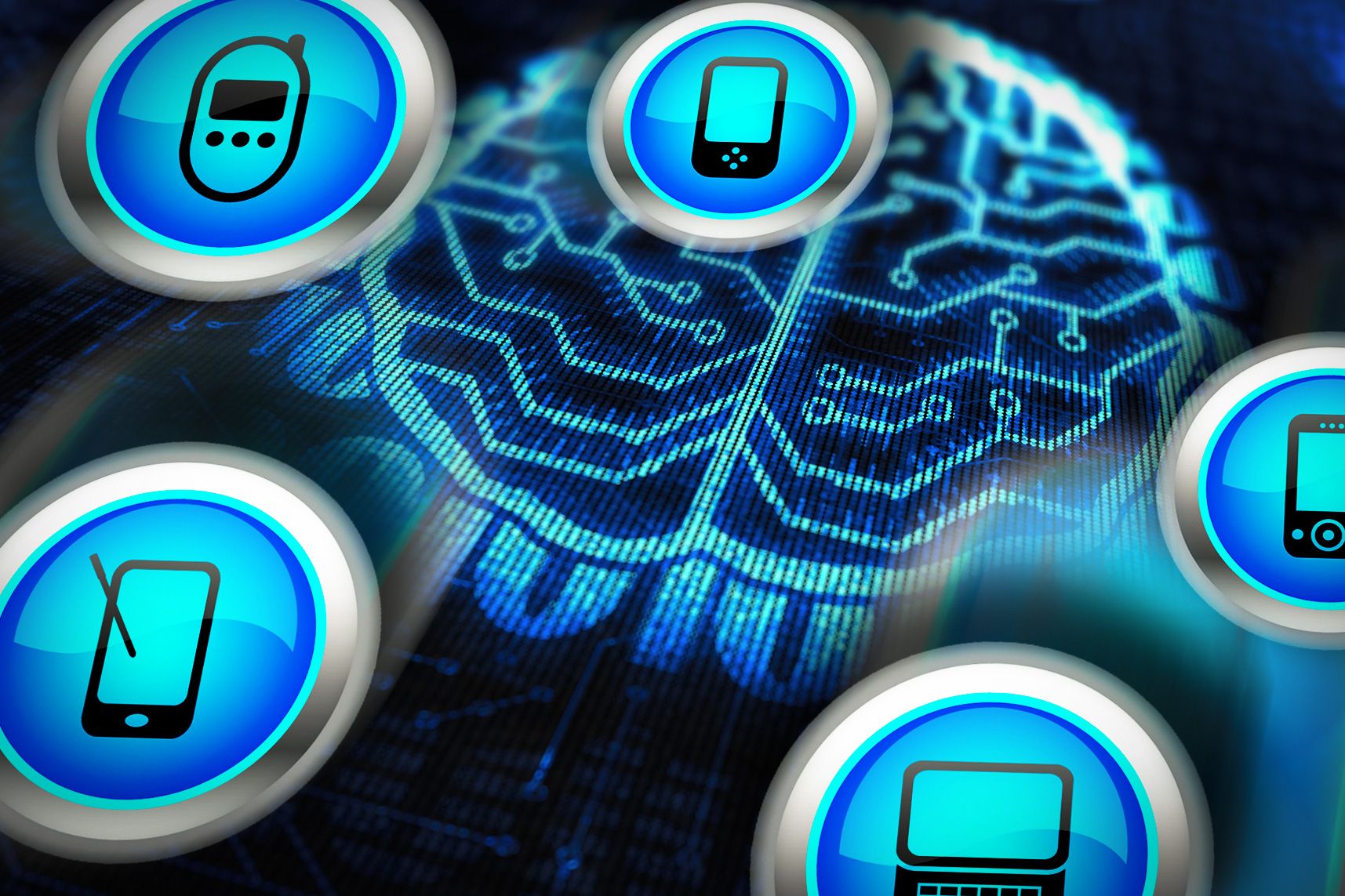
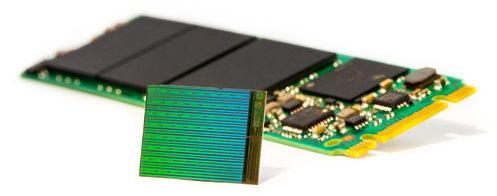
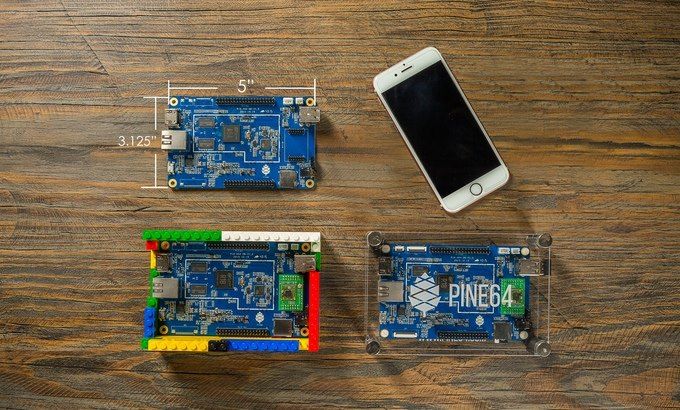
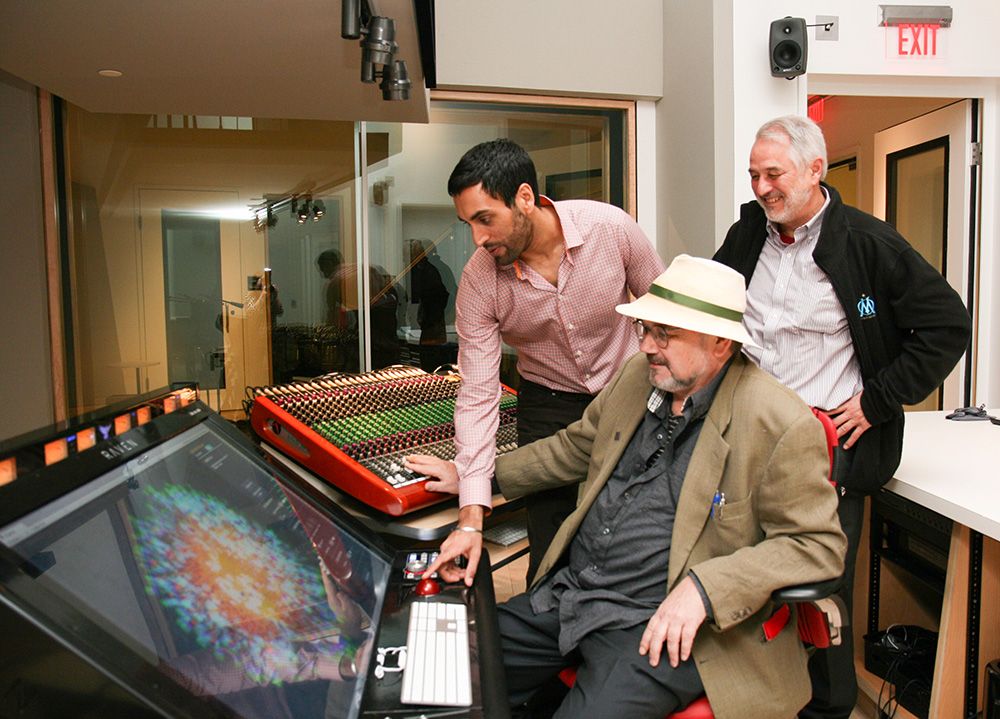


 A thermal-transport method that uses photons as carriers has been demonstrated over 1-m distances. The fundamental advance in heat conduction could drive the development of quantum computers.
A thermal-transport method that uses photons as carriers has been demonstrated over 1-m distances. The fundamental advance in heat conduction could drive the development of quantum computers.








